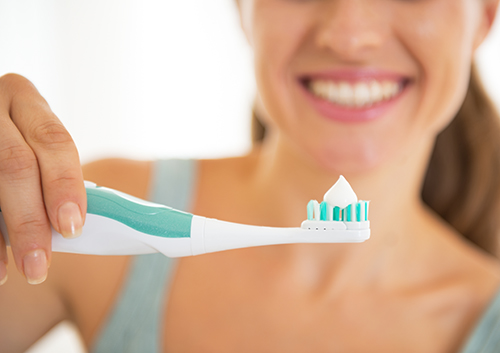Treating Gum Disease with Antibiotics
January 25th, 2023

Why does gum disease develop? Our mouths are home to bacteria, which form a film called plaque. Plaque sticks to the surfaces of our teeth, at the gumline, and can even grow below the gumline. And this bacterial growth leads to inflammation and gum disease.
When the disease progresses, the gums gradually pull away from the teeth leaving pockets which can be home to infection. Toxins can attack the bone structures and connective tissue, which support our teeth. Left untreated, periodontal disease can lead to serious infection and even tooth loss.
Because we are dealing with bacteria, it makes sense that antibiotics are one way to combat gum disease. Depending on the condition of your gums, we might suggest one of the following treatments:
- Mouthwashes—there are mouthwashes available with a prescription that are stronger than over-the-counter antibiotic formulas, and can be used after brushing and flossing.
- Topical Ointments—These ointments or gels are applied directly to the gums, most often used for mild forms of the disease.
- Time-release Treatments—If there is severe inflammation in a pocket, we might place a biodegradable powder, chip, or gel containing antibiotics directly in the affected area. These minute methods release antibiotics over a period of time as they dissolve.
- Pills and Capsules—For more serious periodontal disease, you could be prescribed an oral antibiotic. Take in pill or capsule form as recommended, and always finish the entire prescription.
Talk to Drs. Matthew Pierce and Owais Sultan at our Bloomington, IN office before beginning a course of antibiotics. It’s important to know if you have any allergies to medications, what to look for if you might have an allergy you didn’t know about, if you are pregnant or breast-feeding, or if you have any health concerns that would prohibit antibiotic use. Talk to us about possible side effects and how to use the medication most successfully. With proper treatment, we can treat gum disease as quickly and effectively as possible, and provide advice on maintaining a periodontal routine that will keep your gums and teeth healthy for years to come.




 Website Powered by Sesame 24-7™
Website Powered by Sesame 24-7™